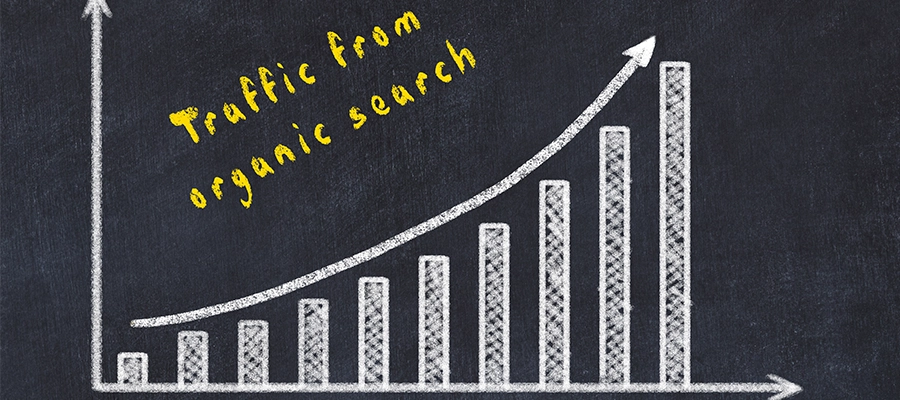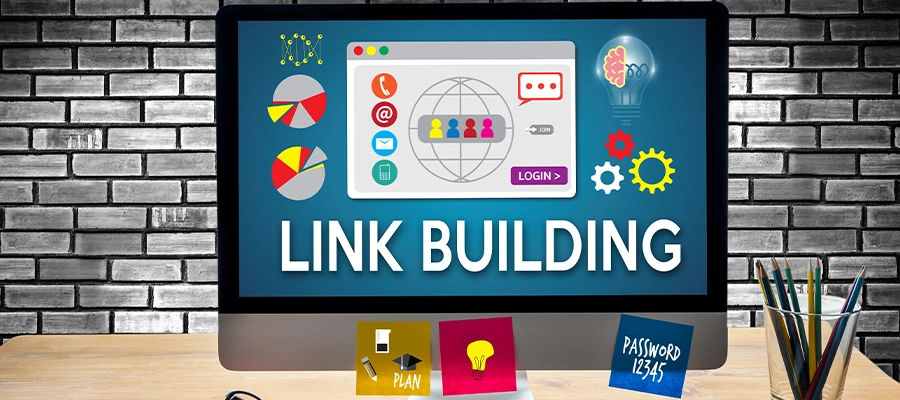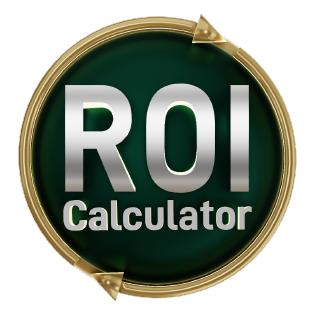Picture two different paths to online success in the digital world. One path is like building a sturdy house brick by brick, while the other is like a fast and flashy sports car. Speaking in digital marketing terms, one uses paid marketing for quick results, while the other relies on organic traffic strategies, which take more time but work better in the long term.
Organic traffic refers to the visitors who find their way to your website naturally, often through search engines or referrals, driven by the relevance and quality of your content. On the other side of the digital divide, the paid journey to online visibility relies on substantial investments in paid advertising campaigns, akin to hiring billboard space in a bustling city to draw attention.
Generating organic traffic takes more time but works better in the long run. The key is to understand the implications of the two choices and pick the one that is aligned with your strategy. Today, we'll explore which one might be the right choice for your business, as we unveil the secrets of organic and paid traffic in the digital landscape
Connect with us to boost online visibility naturally with website traffic growth methods.
Organic Traffic vs. Paid Traffic: A Comparative Analysis
Let’s deep dive into the two approaches.
What is Organic Traffic?
Organic traffic refers to visitors who find your website naturally, without you paying for their arrival. They discover your site through search engines (like Google) or by clicking on links from other websites. It helps drive targeted traffic without ads.
Characteristics: Organic traffic is usually more targeted, as people are actively searching for information related to your content, products, or services. It's like having customers come to your shop because they heard it's the best in town.
Pros:
Sustainable: Organic traffic keeps coming in even if you stop spending money on ads.
Cost-Effective: It's often cheaper in the long run because you're not constantly paying for clicks.
Builds Credibility: People trust organic search results more than paid ads.
Long-Term Growth: It helps increase your website's authority and boost online visibility naturally over time.
Cons:
Takes Time: Building organic traffic can be slow; it's more like a marathon than a sprint.
Requires Effort: You need to consistently create quality content and optimize your website.
Competition: You're competing with other websites for those top search engine spots. It takes time to improve search engine rankings.
What is Paid Traffic?
Paid traffic involves spending money to display your ads on various platforms, such as search engines (via pay-per-click advertising), social media, or other websites.
Characteristics: Paid traffic provides quick results and precise targeting. It's like renting a billboard on a busy street; you pay for visibility.
Pros:
Quick Results: Paid traffic can generate immediate visits and visibility.
Control: You have precise control over who sees your ads and when.
Scalability: You can adjust your budget and campaigns as needed.
Measurable ROI: You can track the exact results and return on investment.
Cons:
Not Sustainable: When you stop paying, the traffic often decreases.
Costs Add Up: Over time, the costs can be higher than organic methods.
Ad Blindness: Some users may ignore or distrust ads, especially if they appear too frequently.
Learning Curve: Managing paid campaigns effectively requires expertise and ongoing optimization.
Understanding the differences between organic and paid traffic is crucial for making informed decisions in your digital marketing strategy. Each approach has its advantages and limitations, and the choice often depends on your goals, budget, and timeline.

Why Choose Organic Traffic Strategies:
Sustainability: Organic traffic strategies, such as search engine optimization (SEO) and content marketing, build a solid foundation over time. Once established, they can continue to drive traffic without constant financial investment. This sustainability is akin to planting seeds that grow into long-lasting trees, providing a steady supply of fruit (traffic) for years to come.
Cost-Effective: Organic strategies often have lower initial costs compared to paid advertising. While they may require ongoing effort, the cost per visitor tends to decrease as your organic presence grows. It's like a renewable resource that becomes more abundant with time.
Targeted Audience: Organic traffic attracts visitors genuinely interested in your content, products, or services. These are people actively searching for what you offer, making them more likely to convert into customers. It's like having a store in a busy shopping district where shoppers come looking for your products.
Credibility and Trust: A strong organic presence can enhance your brand's credibility. When people find your website through organic search results, they tend to trust it more than paid ads. It's like earning respect through word of mouth rather than shouting your message from a billboard.
Long-Term Growth: Organic traffic strategies focus on creating valuable content and improving website quality. This long-term approach not only helps with sustained traffic growth but also contributes to higher domain authority, which can further boost your online presence.
Why Choose Paid Marketing:
Quick Results: Paid advertising can generate immediate traffic and visibility for your business. If you need a rapid influx of visitors, such as for a product launch or time-sensitive promotion, paid marketing can deliver results within hours.
Control and Targeting: Paid campaigns offer precise control over who sees your ads. You can target specific demographics, locations, and interests, ensuring your message reaches the right audience. This is like having a megaphone in a crowded market, ensuring your message is heard by those most interested.
Scalability: Paid marketing can be scaled up or down quickly to accommodate your budget and objectives. This flexibility allows you to adapt to changing needs or market conditions. It's like having a dial that lets you increase or decrease your advertising reach as needed.
Measurable ROI: Paid advertising provides clear metrics, allowing you to measure the return on investment (ROI) accurately. You can see exactly how much you've spent and the revenue generated, making it easier to refine your strategies for better results.
Complement to Organic: Paid marketing can complement organic strategies by providing an initial boost in visibility while your organic efforts gain momentum. This synergy can maximize your overall digital marketing impact.
The choice between organic traffic strategies and paid marketing depends on your goals, budget, and timeline. For sustainable long-term growth and credibility, organic strategies shine, while paid marketing excels at delivering quick, measurable results and targeted outreach. In many cases, a balanced approach that combines both can yield the best overall results for your digital marketing efforts.
Strategies for Boosting Organic Traffic
If you are looking to boost organic traffic, consider including the following website traffic growth methods in your overall marketing strategy.

Effective SEO Techniques
On-Page Optimization: Imagine your website is a library, and each page is a book. On-page optimization is like crafting attractive book covers and organizing your shelves. It involves optimizing titles, headings, and content to make it easier to Improve search engine rankings.
Example: When a user searches for "best hiking boots," a well-optimized page on your outdoor gear website appears at the top of the search results because it clearly showcases high-quality hiking boots.
Quality Content Creation: Think of your website as a gourmet restaurant. Quality content is like a delicious dish that keeps customers coming back for more. Creating informative, engaging, and relevant content not only attracts visitors but also encourages them to stay and explore.
Example: A blog post on your fitness website about "10 Effective Home Workouts" becomes a go-to resource for fitness enthusiasts, drawing organic traffic seeking workout guidance.
Link Building: Picture your website as a popularity contest. Link building is like having other reputable websites vouch for your website's credibility. It involves acquiring high-quality backlinks (links from other websites to yours) that signal to search engines that your site is trustworthy and valuable.
Example: A prominent health blog links to your nutrition website as a trusted source for dietary advice, boosting your website's authority in the eyes of search engines.
Connect with us to know more about effective SEO techniques that can help in attracting organic visitors.
Content Marketing
Blogging: Consider your website as a newspaper, and your blog posts as engaging articles. Blogging allows you to regularly publish fresh, informative, and relevant content, which can attract and retain readers interested in your niche.
Example: Your fashion blog consistently provides fashion tips, reviews, and trends, drawing a loyal readership interested in the latest style updates.
Social Media Engagement: Visualize your website as a community gathering place. Social media engagement is like hosting events and discussions that bring people together. Sharing your content on social platforms, responding to comments, and actively engaging with your audience can increase your website's visibility.
Example: Your photography website gains organic traffic when you share stunning photo galleries on Instagram, sparking conversations and drawing photography enthusiasts to explore your portfolio.
Website Optimization
Mobile-Friendly Design: Think of your website as a storefront. Mobile-friendly design ensures that your store looks appealing and functions well on smartphones and tablets, attracting a broader audience and improving the user experience.
Example: A user searching for "best coffee shops near me" finds your cafe's website, which is easy to navigate and order from on their mobile device, leading them to visit your coffee shop.
Page Speed Optimization: Imagine your website as a race car. Page speed optimization is like fine-tuning the engine for maximum performance. Faster-loading pages not only improve user experience but also rank higher in search results.
Example: Your eCommerce site's speedy product pages load quickly, ensuring that visitors can easily browse, select, and purchase items without frustration.
These strategies help businesses boost organic traffic by enhancing their online presence, attracting a targeted audience, and providing a better user experience.
Are you interested in attracting organic visitors? Connect with us to know more about how to Increase website visitors organically.


